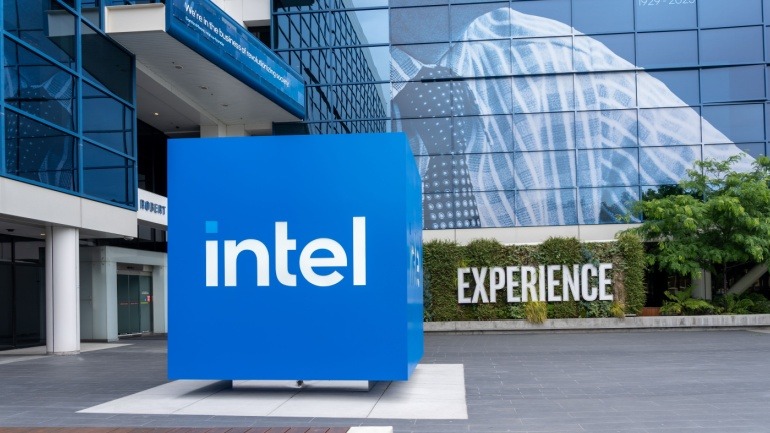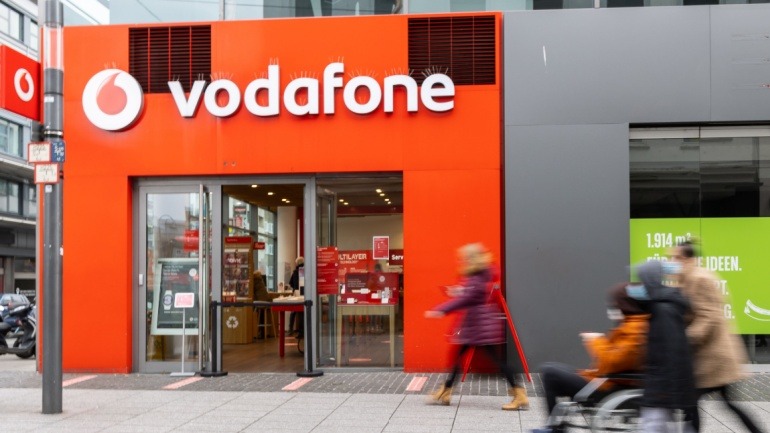The latest report from the GSMA highlights a financial burden faced by mobile operators that may hinder the advancement of mobile networks. While consumers are enjoying significantly reduced costs for mobile services—down by 38% compared to a decade ago—operators have not been as fortunate. Their earnings per gigabyte of data have plummeted by 96% from 2014 to 2024, revealing a concerning gap between revenue and operational costs.
With the combined financial squeeze of reduced income and high spectrum costs for mobile operators, there’s limited room for investing in network enhancements. This may lead to inferior services, with patchy signals and slower download speeds that impede digital connectivity and expansion. Vivek Badrinath, Director General of the GSMA, articulates the dilemma: “The mobile industry sits at the heart of the digital economy, enabling services and opportunities that transform lives. But a dollar can only be spent once, and high spectrum costs can choke investment at a time when the need for affordable, reliable connectivity has never been greater.”
An increase of 10 percentage points in spectrum cost—as a proportion of ongoing operator revenue—could shrink 4G and 5G coverage by up to 6 percentage points and drag download speeds down by 8%. These statistics underscore the critical importance of appropriate spectrum pricing, which facilitates affordable and advanced digital access for all.
Badrinath proposes that governments and regulators prioritize spectrum prices aligning with market realities to drive future digital growth. Affordable spectrum can pave the way for faster network expansion, improved service quality, and wider digital engagement. Additionally, providing operators with an extra 10% of spectrum improves signals and download speeds, demonstrating spectrum’s societal value.
The GSMA’s Global Spectrum Pricing Report delves into government and regulatory tactics causing inflated prices, such as high reserve prices and artificial scarcity. These policies channel up to 25% of operator earnings into spectrum costs instead of network development. A stark contrast seen in competitive markets reflects this, with operators incurring 50% higher costs in scarce spectrum scenarios.
With nearly 1,000 spectrum licenses due for renewal globally between 2025 and 2030, this period presents a timely opportunity for a strategic policy shift. The GSMA urges policymakers to capitalize on this chance to revise spectrum pricing, creating an investment climate conducive to the progression of mobile networks.







